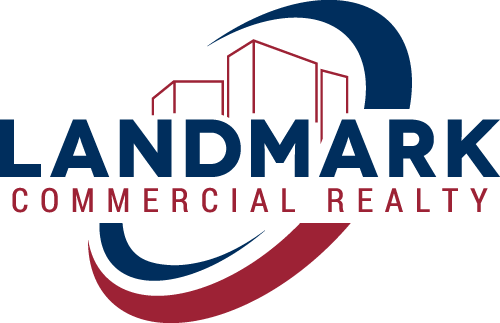A few weeks ago, on May 5th, President Donald Trump renewed the EB-5 Immigrant Investor Visa Program (Employment Based Immigration, 5th Preference) as a part of his first major piece of legislation since taking office in January.
Sometimes dubbed the “Visa for Sale” program, the EB-5 Visa Program was part of the Immigration Act of 1990, introduced by Senator Ted Kennedy in 1989. It was signed into law by George H. W. Bush on November 29th, 1990, to stimulate U.S. job growth. The 5th preference under the job-based immigration status provides eligible foreign nationals the opportunity to start on the path to U.S. naturalization by investing $1 million to finance a business within the states. The investor must be able to prove that their investment is (A) “at risk” and (B) that their investment has led to the creation / preservation of some combination of 10 direct, indirect, or induced jobs, at the time when their immigration case is up for adjudication at the United States Citizenship and Immigration Services (USCIS).
The required minimum investment amount is lowered from $1 million to $500,000 dollars if the underlying business is located in a targeted employment area (TEA). There are two kinds of TEAs: high unemployment areas (defined as areas having unemployment more than 150% the national average calculated by the Bureau of Labor Statistics) and rural areas (defined as areas outside a Metropolitan Statistical Area).
Active EB-5 deals are, by far, administered through the Regional Center (RC) framework. In this framework, a legal entity, the RC, functionally acts as a wrapper for the underlying business venture to insure regulatory compliance with the USCIS, as well as to take advantage of certain articles within the governing statutes specific to projects reporting under the RC framework. Successful deals require the coordination between accountants, attorneys, investors, and any number of lenders and other stake holders involved with the underlying business across jurisdiction borders. Given this level of complexity, it is no surprise that out of the 859 approved RCs listed with the USCIS as of June 5th, 2017, the vast majority have no material business activities at all.
Most investors in the program (approximately 80%) come from five of the following countries – China, South Korea, Taiwan, the United Kingdom and Hong Kong.
Bo Mangam with Landmark Commercial Realty stated, “In many cases, international investors moved from their countries to places like California, New York and Chicago, but are now searching for better spots for their homes and to grow their businesses and Harrisburg continually peaks their interest.”
David Luo, CFA, Investment Portfolio Manager at F&M Trust Co. and Vice-Chairman of the Real Estate Collaborative, LLC, said, “In Pennsylvania, mainly Pittsburgh and Philadelphia, there is close to $1B of EB-5 money funding numerous public and private projects. Although there are no EB-5 activities in the Harrisburg area, I believe this program holds great potential for real estate development and economic growth. I live and work in Cumberland County, so I’m working with local professionals and businesses to build interest in the program here in South Central PA.”
What type of business investment has to be made to qualify?
According to United States Citizenship and Immigration Services all EB-5 investors must invest in a new commercial enterprise, any for-profit activity formed for the ongoing conduct of lawful business including, but not limited to:
- Sole proprietorship
- Partnership
- Holding Company
- Joint Venture
- Corporation
- Business Trust
- Other entity, which may be publicly or privately-owned
As reported by eb5investors.com – all new commercial enterprises must have been established after November 29th, 1990.
Mangam added, “The Migration Policy Institute stated that while the EB-5 visa has existed for nearly 30 years, it has only recently regained its popularity.” Between 2005 and 2015, the number of EB-5 visas issued increased from 349 to 9,764, reaching the annual cap for the first time in 2014. According to estimates, this program has resulted in more than $13 billion in investments by EB-5 recipients and has created 12,000 to 41,000 jobs for U.S. workers per year.”
If you are interested in learning more about the program or how to apply, please visit www.uscis.gov.
*Additional cited source: https://en.wikipedia.org/wiki/EB-5_visa





